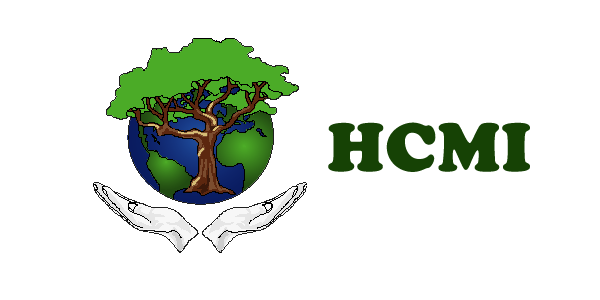
Giardia infects a number of vertebrates by colonizing and reproducing in the small intestine causing Giardiasis. The parasite is present in the feces of infected people and animals. When water, food or soil sources are contaminated with feces containing giardia, contact with these sources spreads the parasite. Giardia infection occurs most frequently in people traveling to developing countries or in hikers and campers who have consumed untreated water from lakes, streams or ponds. Water is the most common source of contamination.
The symptoms of Giardia may appear 1–2 weeks after becoming infected and include diarrhea, excess gas, stomach or abdominal cramps, upset stomach, and nausea. The signs and symptoms can last for one to two weeks or even longer. The disease affects individuals in various ways. Some people infected with giardia have no symptoms at all, while others may have severe diarrhea or vomiting. Left untreated, Giardia infection may lead to severe dehydration and electrolyte imbalances which can result in shock or coma and may be life threatening.
Person-to-person transmission accounts for the majority of Giardia infections and is usually associated with poor hygiene and sanitation. Water-borne transmission is associated with the ingestion of contaminated water. In the U.S. outbreaks typically occur in small water systems using inadequately treated surface water. Venereal transmission happens through fecal-oral contamination. Additionally, diaper changing and inadequate hand washing are risk factors for transmission from infected children. Lastly, food-borne epidemics of Giardia have developed through the contamination of food by infected food-handlers.
